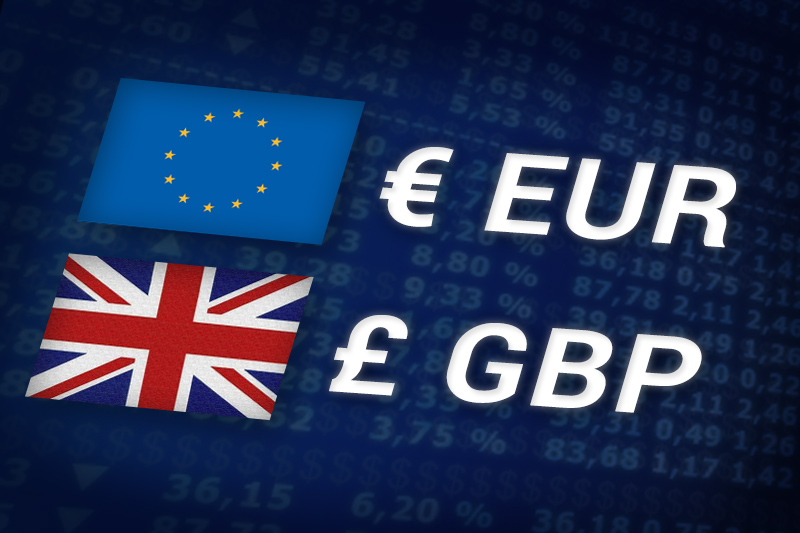Street Calls of the Week
Investing.com - The euro pulled back from a three-and-a-half year low against the pound on Wednesday, after the Bank of England said inflation is likely to remain above its target rate while economic growth will be lower-than-expected.
EUR/GBP pulled away from 0.7949, the pair’s lowest since early November 2008, to hit 0.7986 during European late morning trade, gaining 0.34%.
The pair was likely to find support at 0.7949, the session low and a three-and-a-half year trough and resistance at 0.8013, Tuesday’s high.
The pound weakened broadly after the BoE’s quarterly inflation report said inflation will not fall back as quickly as hoped and was likely to remain above its 2% targeted rate for at least another year.
The BoE also revised down economic growth forecasts, with policymakers now expecting an annual rate of growth of approximately 2.6% in two years' time, compared with February's forecast of 3%.
BoE Governor Mervyn King said that sovereign debt crisis in the euro zone posed the single biggest threat to the U.K. economic recovery.
The euro remained under pressure, as fears that the political uncertainty in Greece could precipitate the country’s exit from the euro zone saw investors flee to the safety of the greenback.
The spike in risk aversion pushed the borrowing costs of peripheral euro zone nations higher, with the yield on Spanish 10-year bonds climbing to 6.41%, while the yield on Italian 10-year bonds rose to 6.07%.
The euro was trading close to a four-month low against the U.S. dollar, with EUR/USD slipping 0.09% to hit 1.2718.
Earlier Wednesday, official data showed that the number of people claiming unemployment benefits in the U.K. posted the largest monthly drop since July 2010 last month.
The Office for National Statistics said that the claimant count fell by a seasonally adjusted 13,700 in April, defying expectations for an increase of 5,000.
The U.K. unemployment rate ticked down to 8.2% from 8.3%, declining for the second consecutive month.
EUR/GBP pulled away from 0.7949, the pair’s lowest since early November 2008, to hit 0.7986 during European late morning trade, gaining 0.34%.
The pair was likely to find support at 0.7949, the session low and a three-and-a-half year trough and resistance at 0.8013, Tuesday’s high.
The pound weakened broadly after the BoE’s quarterly inflation report said inflation will not fall back as quickly as hoped and was likely to remain above its 2% targeted rate for at least another year.
The BoE also revised down economic growth forecasts, with policymakers now expecting an annual rate of growth of approximately 2.6% in two years' time, compared with February's forecast of 3%.
BoE Governor Mervyn King said that sovereign debt crisis in the euro zone posed the single biggest threat to the U.K. economic recovery.
The euro remained under pressure, as fears that the political uncertainty in Greece could precipitate the country’s exit from the euro zone saw investors flee to the safety of the greenback.
The spike in risk aversion pushed the borrowing costs of peripheral euro zone nations higher, with the yield on Spanish 10-year bonds climbing to 6.41%, while the yield on Italian 10-year bonds rose to 6.07%.
The euro was trading close to a four-month low against the U.S. dollar, with EUR/USD slipping 0.09% to hit 1.2718.
Earlier Wednesday, official data showed that the number of people claiming unemployment benefits in the U.K. posted the largest monthly drop since July 2010 last month.
The Office for National Statistics said that the claimant count fell by a seasonally adjusted 13,700 in April, defying expectations for an increase of 5,000.
The U.K. unemployment rate ticked down to 8.2% from 8.3%, declining for the second consecutive month.
